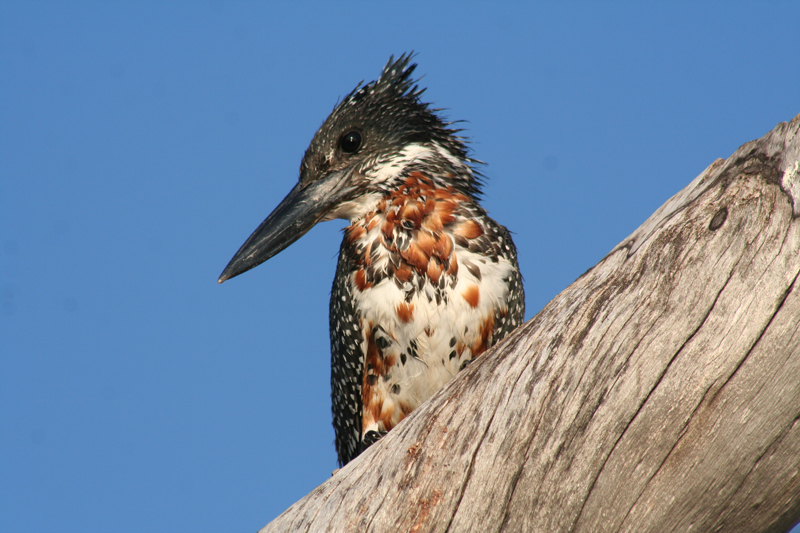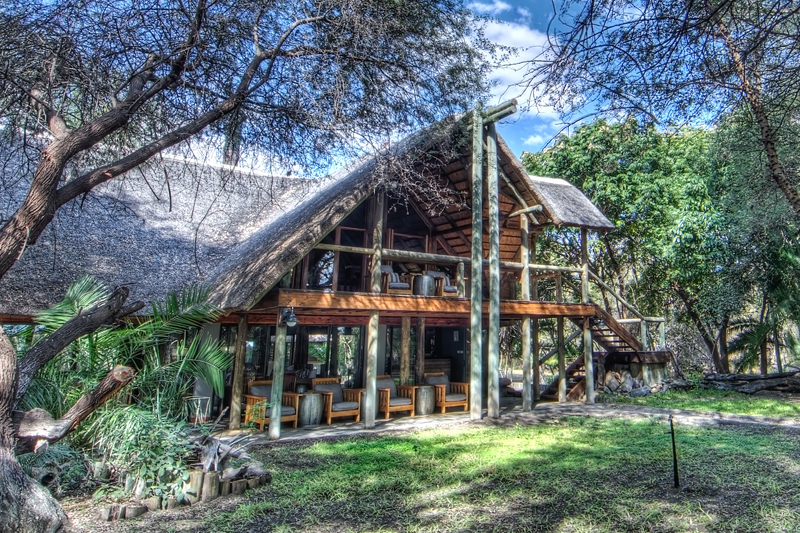Chobe National Park including the Savuti Channel
The Chobe is a huge National Park and covers an area of 11,000 sq. kms.
The Chobe stretches south-westwards from Kasane and the Chobe River in the north, to the Mababe Depression (a dead lake area fed by the Savuti Channel) in the south. Except for the network of roads and lodges along the Chobe River and around the Savuti Marsh area, there is little development within the park. Its habitats range from the floodplain and backwaters of the river systems to sand ridges, dry lake beds, riverine thickets/bush and mopane forest.



Most travellers to the Chobe concentrate either along the river frontage (based out of Kasane town, this area is busy), where a combination of boating safaris and game drives are on offer, or in the Savuti area (the Savuti area is spectacular in the drier months with high concentrations of elephant and lion). Aside from the wildlife, the San rock art is also an attraction in Savuti. Travellers using mobile tented camps may have the opportunity to explore more remote areas of the park, but only during the dry season.
Although the birdlife is spectacular, the Chobe is perhaps more famous for its large herds, particularly elephant and buffalo which frequent the river courses. Elephants swimming in the Chobe River is a great attraction for many visitors, especially photographers. General game viewing is excellent with 16 antelope species found, including the near endemic puku and Chobe bushbuck, and giraffe, zebra, hippo, crocs, elephant, buffalo, lion, leopard, wild dog, cheetah, hyaena, jackal and various smaller cats and nocturnal species are all present.




